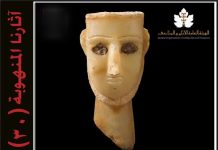Researcher Abdullah Mohsen said, “At the Evacuation Day auction, November 30th!.. In the Artimation auction of ancient jewelry and antiquities, eight days later, on November 30th, 2023 AD, a wonderful bronze statue from the antiquities of Yemen will be displayed from the first century AD.”
Mohsen added in a post on his Facebook page that the statue: “stands on its four legs, with a short, erect tail, deeply etched almond-shaped eyes, and high, arched horns with curled tips that rest on the head.”
He pointed out that the auction did not specify “the place where the ibex was obtained, but it provided an invoice and a certificate of authenticity and source from a private British collection, which obtained it in the 1990s.”
He pointed out that “international and regional museums acquire many bronze and gold ibex statues, the most famous of which is the golden ibex pendant in the London Museum, the Maryamah ibex in the House of Islamic Antiquities in Kuwait from the Al-Sabah Collection, and the ibex from the Al Thani Collection in France.”
He added, “The United Kingdom displays five animal sculptures. The head of a spiral-horned deer carries a bundle of grain stalks between its horns, symbolizing agriculture and fertility. Next to it is the head of a dragon with a long neck, then a curved line from the middle symbolizing the alleged Sabaean deity, El-Maqah. Then comes the head of an ibex, then a scepter, the head of a spear.” It is intersected by a belt symbolizing authority, and at the bottom of the mural is an inscription with a Musnad “Monument of Athtar and Sahar.”
Mohsen noted that “this mural (mentioned above) was mentioned in the studies of Professor Walter Müller, Jack Rickmans, Christian Julian Rubin, Maria Hoefner, Nicholas Rudokanakis and others, making it one of the most famous Yemeni murals among researchers and specialists.”




















